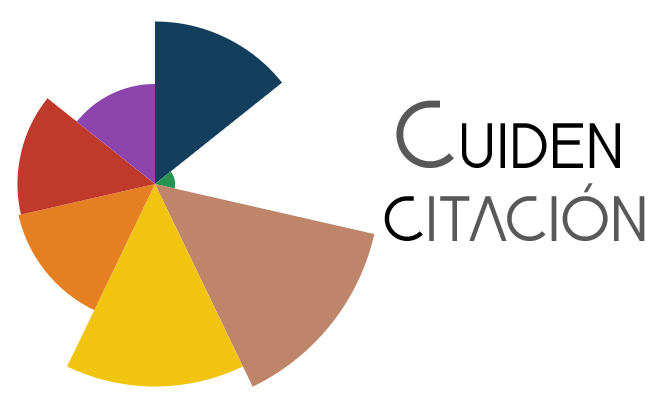Submissions
Submission Preparation Checklist
As part of the submission process, authors are required to check off their submission's compliance with all of the following items, and submissions may be returned to authors that do not adhere to these guidelines.- The contribution is original and unpublished, and it is not under evaluation for publishing by another journal.
- All the text is formatted in Times New Roman, font 12, 1.5cm space between lines and spacing of 0pt before and after. The four margins of 2.5cm, paper A4 and paragraphs 1cm. The pages are numbered from the Introduction. Pictures and Tables are in the text. The file of the submission is in Microsoft Word format and without identifying the authors.
- The abstracts is presented only in the language of submission, in Times New Roman, font 12 and simple space. It must not exceed the limit of 200.The descriptors are below the abstract in two languages English / Portuguese with the name and Descriptors and Descriptors. Limited from 3 to 5, separated by semicolon and with capital initials, except for the prepositions, according to DeCS.
- The text does not present acronyms, prioritizing their description, except for the ones which are internationally recognized. Furthermore, it follows the standards of style and requirement of formatting described in Guidelines for Authors.
- The title is presented only in the language of submission must have a maximum of 16 words, in lowercase, that is, only the initial words use capital letters, and with proper names, without geographical location study.
- The titles of the sections of the articles are typed in lowercase, only the initials use capital letters, and in bold: Introduction, Methods, Results, Discussion, Study limitations, Contributions to practice, Conclusion, and References.
- The article is within the limits of words and references preconized for each category of the journal.
- It does not have the names of the authors in the text; they were substituted by their numerical codification, superscript, with parenthesis and without space between the last word and the parenthesis. It avoids the use of expressions such as according to … etc.
- The references follow the Vancouver style, according to the model exposed in the Guidelines of Publishing.
- The declarations must be accorded to the models available in the Guidelines for authors, signed by all the authors. These were printed, signed, scanned and included in a Supplementary Document. Documents with pasted signatures are not accepted.
- In the case of Articles of Research, the document of approval of the committee of ethical in research as digitalized document, enclosed as supplementary file is sent.
- The Checklist is sent filled in as supplementary document.
- The proof of payment referent of fees of evaluation, in the amount of R$200.00, as supplementary document, after the pre-analysis approval of the manuscript. This amount can also be paid directly in the Secretary of the Journal.
- Adhesion to the cost of translation of the article into English after approval.
Research Article
Studies aimed at disseminating original and unpublished research results and analysis of theories or methods that underlie Nursing Science or related areas. The following structure must be used: Title, Abstract, Descriptors, Introduction, Methods, Results, Discussion, Study limitations, Contributions to practice, and Conclusion. The manuscript must have up to 5,000 words and up to 30 references.
Review Article
Critical and systematized literature review studies, including systematic reviews of qualitative, quantitative, mixed-method, or methodological studies and scoping reviews, among others. Reviews must follow the same structure as the research manuscripts. Review papers must have a maximum of 5,000 words and up to 50 references.
Letters to the editor
Commentary papers on the content of manuscripts published in the journal. These manuscripts will be accepted at the discretion of the Editorial Committee. The letter must contain up to 1,000 words and a maximum of five references.
Editorial
Text produced at the invitation of the Journal's Editors. It must contain up to 1,000 words and a maximum of five references.
Guest Author
Text produced at the invitation of the Journal's Editors. It follows the same structure as the research manuscripts.
Privacy Statement
When submitting a manuscript to Rev Rene, your name, e-mail address, affiliation, and other personal contact details will be used for regular production and publishing purposes. Rev Rene recognizes the importance of protecting users' personal information and seeks to maintain the security, integrity, and privacy of personal data collected and processed.









